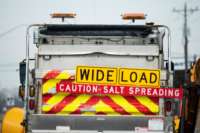The British Museum removed the term “Xizang” from its labeling of Tibetan artifacts after rights groups and Tibetans living in the United Kingdom criticized the use of the Beijing-promoted place name.
The London museum’s Silk Roads exhibition opened in late September and ran until last Sunday.
The labels were reviewed in January and updated from “Tibet or Xizang Autonomous Region, China” to “Tibet Autonomous Region, China,” a British Museum spokesperson said in an email to Radio Free Asia on Tuesday. The email did not state when the labels were changed.
Tibetan activists who visited the museum in February confirmed that the wording had indeed been changed.
The term “Xizang” was first used in official Chinese government diplomatic documents in 2023 after Chinese government-backed scholars said would help promote China’s legitimate occupation and rule of Tibet.
Use of the term has generated an uproar among Tibetans living outside the country, who see it as another example of Beijing’s attempts to assimilate Tibetans into Chinese culture and erase Tibetan identity.
Activists reject museum’s initial response
Tibetan groups wrote to the British Museum first on Nov. 25 and again on Dec. 18 citing their concerns over the use of “Xizang.”
One of the objects cited by the Tibetan groups –- which are led by the Global Alliance for Tibet and Persecuted Minorities and the Tibetan Community in Britain –- was a silver vase that was gifted by the 7th-century Tibetan Empire to neighboring Tang China.

The museum’s response in December defended its use of the term Xizang, saying that the labels reflected “the contemporary region.”
Tibetan activists rejected that explanation, saying it ignored the political implications of promoting terminology perpetuated by the Chinese Communist Party.
The Silk Roads exhibition explored the history of the ancient trade route during the key period from 500 to 1000. It featured over 300 objects from the museum’s own collection and those loaned from at least 29 other institutions.
The British Museum will consult with experts on Tibetan history and culture in any future Tibet-related exhibitions, the museum spokesperson said in the email to RFA.
“It has not, nor was it the intention, to replace ‘Tibet’ with the Chinese term ‘Xizang,’” the spokesperson said.
Last year, the French museum Musée du Quai Branly-Jacques Chirac also faced criticism for using the term “Xizang” in its exhibit. In October, following weeks of protests and petitions from Tibetans, the museum announced that it would reverse the change in its labeling.
RELATED STORIES
Tibetans demand apology from the British Museum for use of ‘Xizang’
Nepal’s leader visits Beijing, joint statement uses ‘Xizang’ to refer to Tibet
French museum blasted for using ‘Xizang’ in Tibet exhibits
China replaces ‘Tibet’ with ‘Xizang’ in latest diplomatic documents
The museum’s change was “a step forward,” but still short of expectations, said Tsering Passang, founder and chairman of the Global Alliance for Tibet and Persecuted Minorities.
“Beijing’s promoted term ‘Xizang’ should never have been there in the first place,” he told RFA. “We will continue to investigate this further.”
He added that Tibetans in the U.K. have reported a trend in which so-called “Tibetan cultural performances” at universities have been labeled as “South West China.”
Tibetan organizations are preparing to submit a formal complaint about the British Museum exhibit to the Information Commissioner’s Office, an independent governmental body in the U.K., Passang said.
The complaint aims to investigate who could be promoting the use of alternate terms for Tibet and whether they have connections to the Chinese government, he said.
Translated by Khando Yangzom. Edited by Matt Reed and Malcolm Foster.
This content originally appeared on Radio Free Asia and was authored by RFA Tibetan.
This post was originally published on Radio Free.
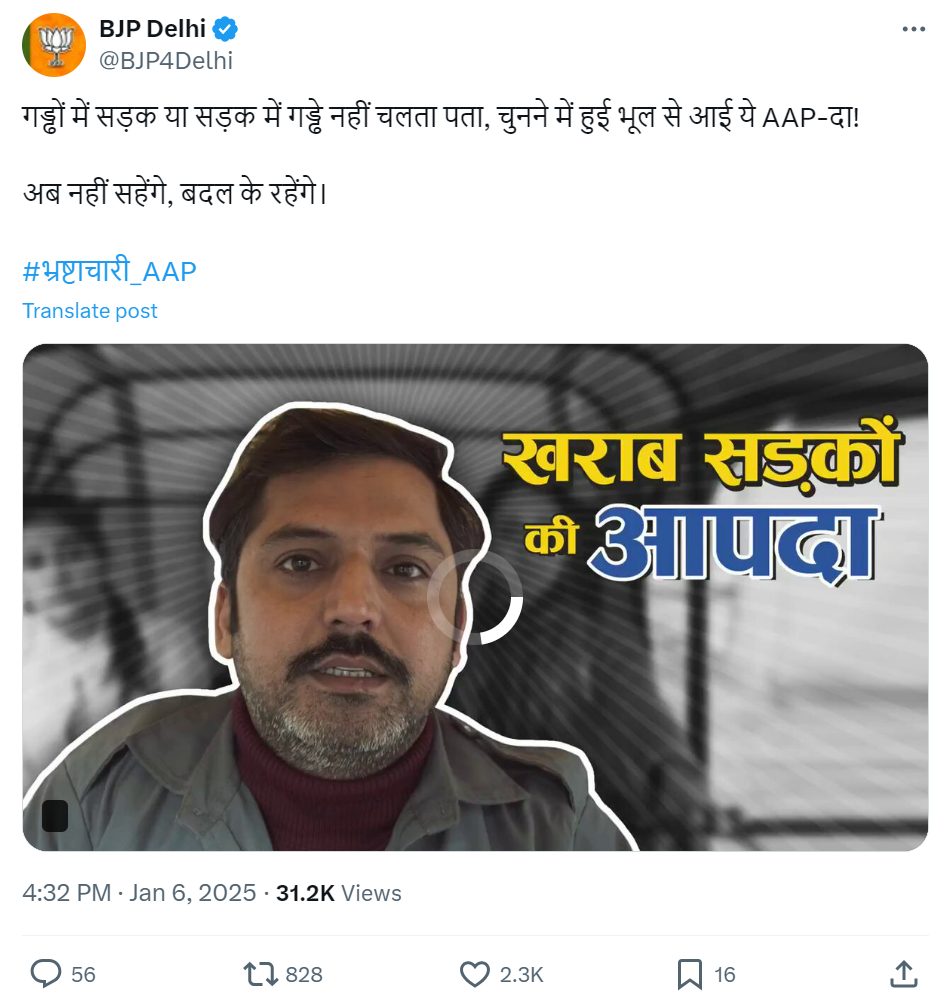

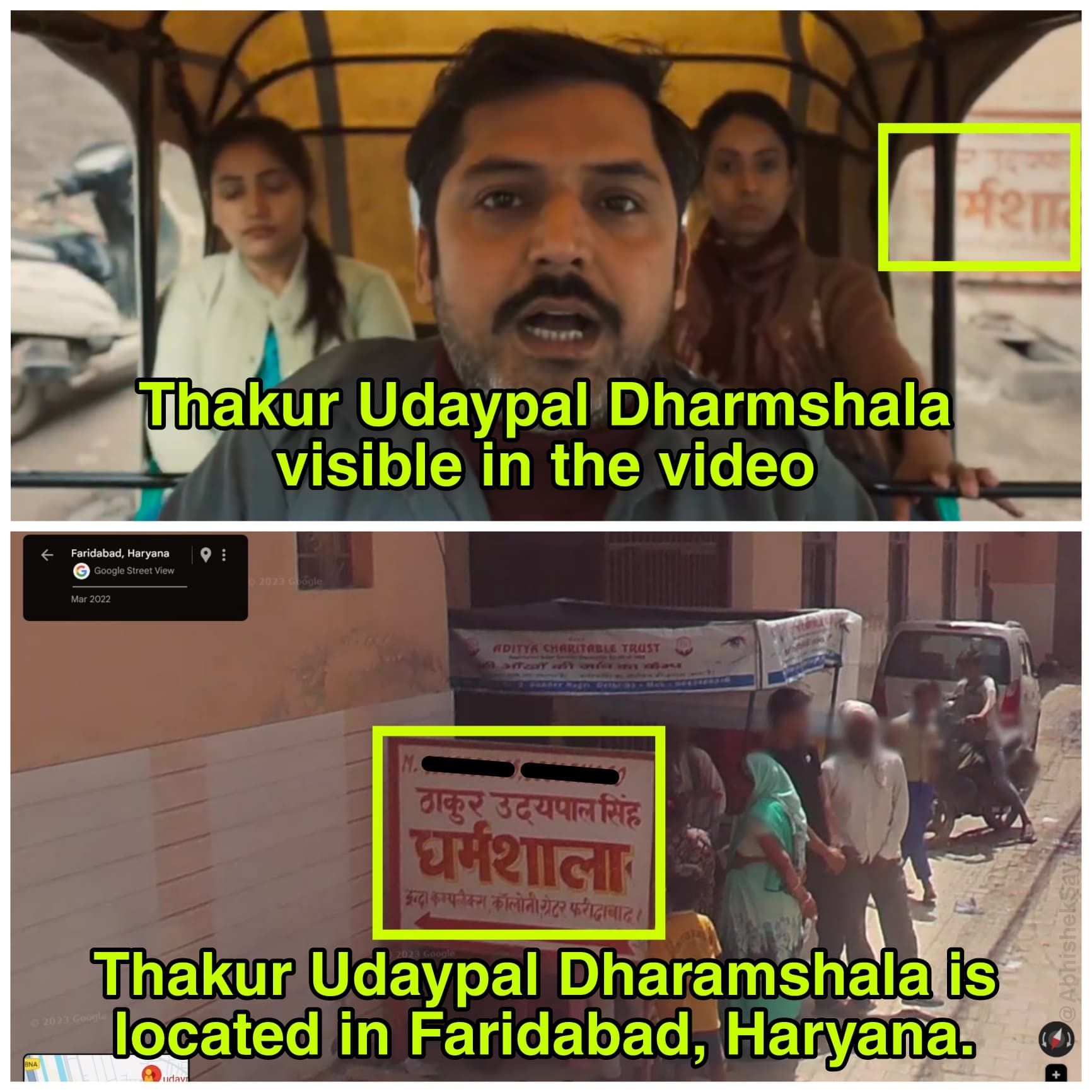
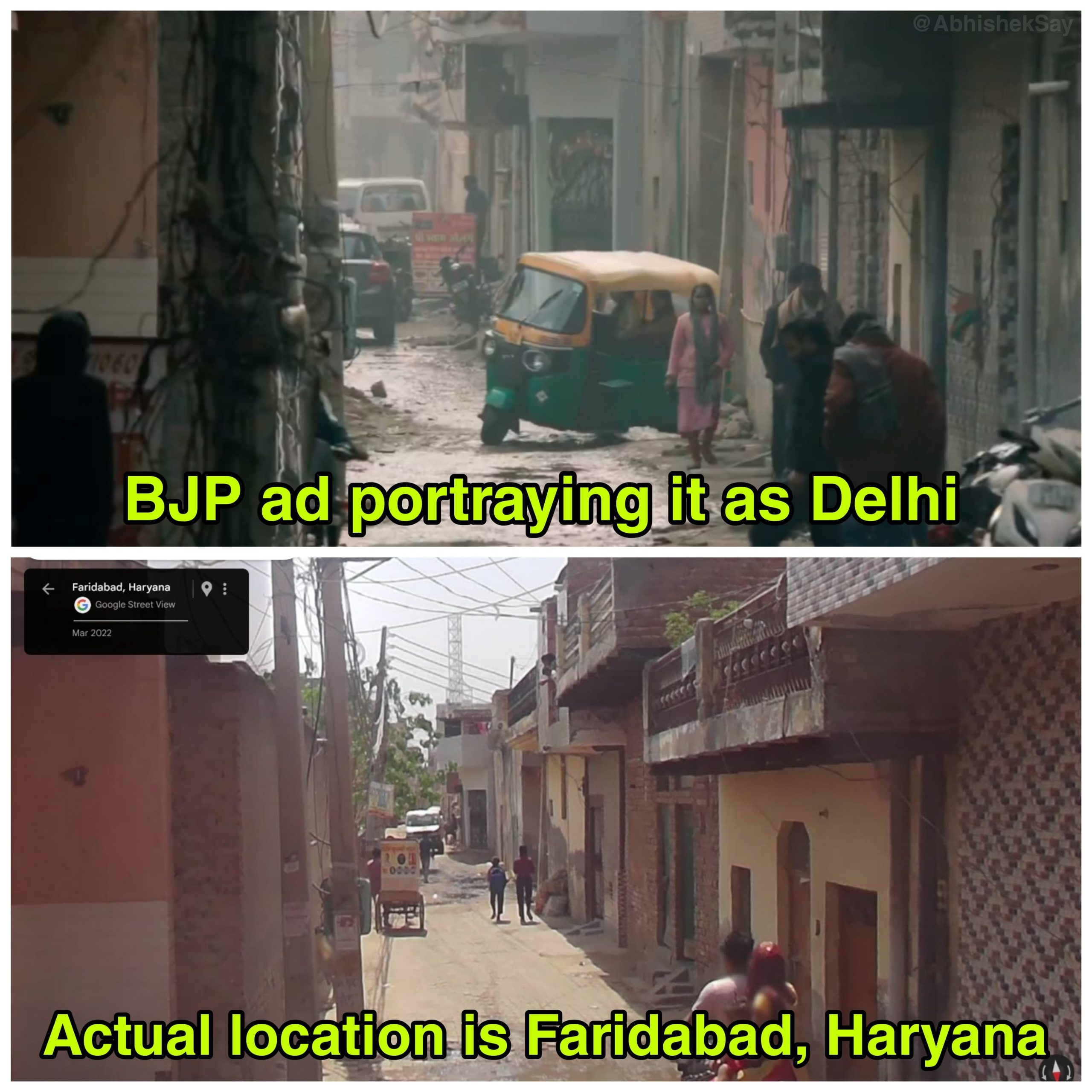
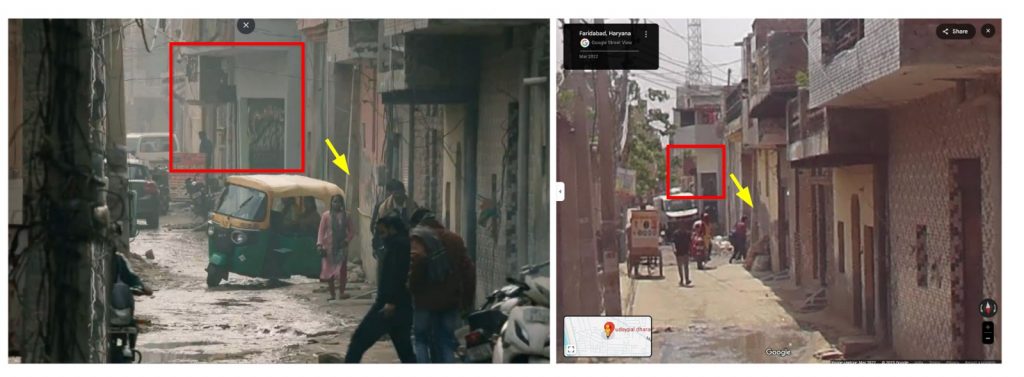
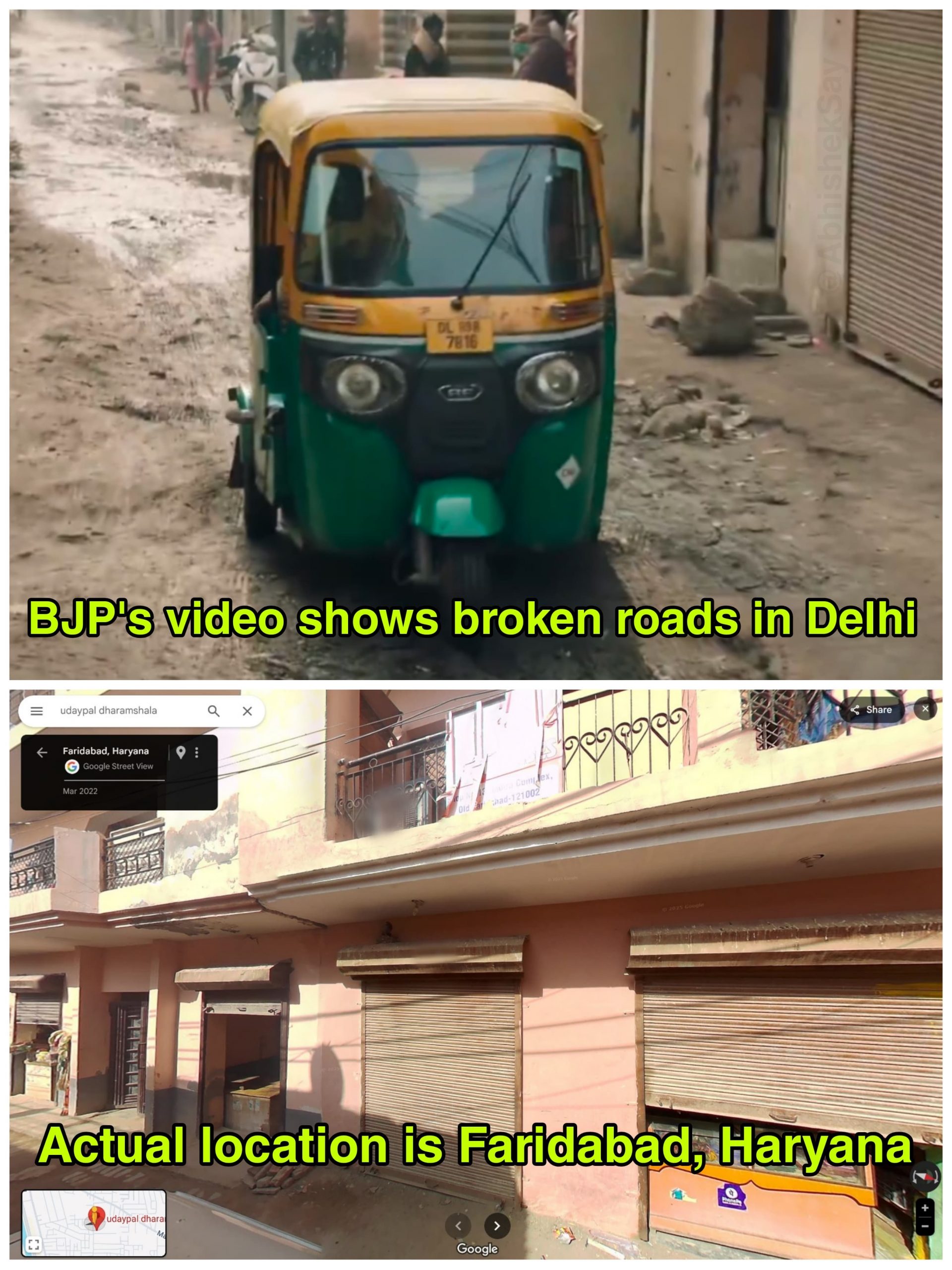
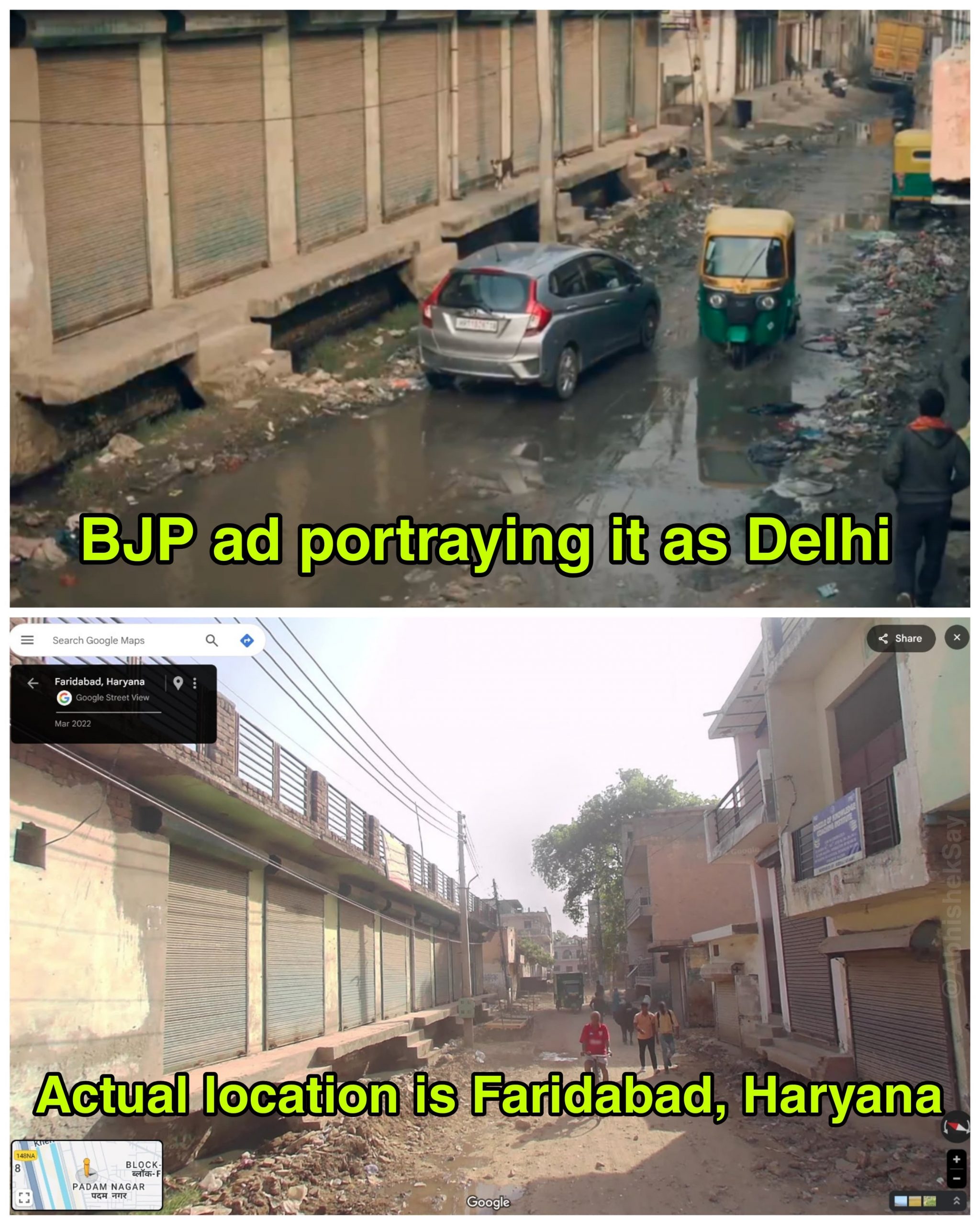





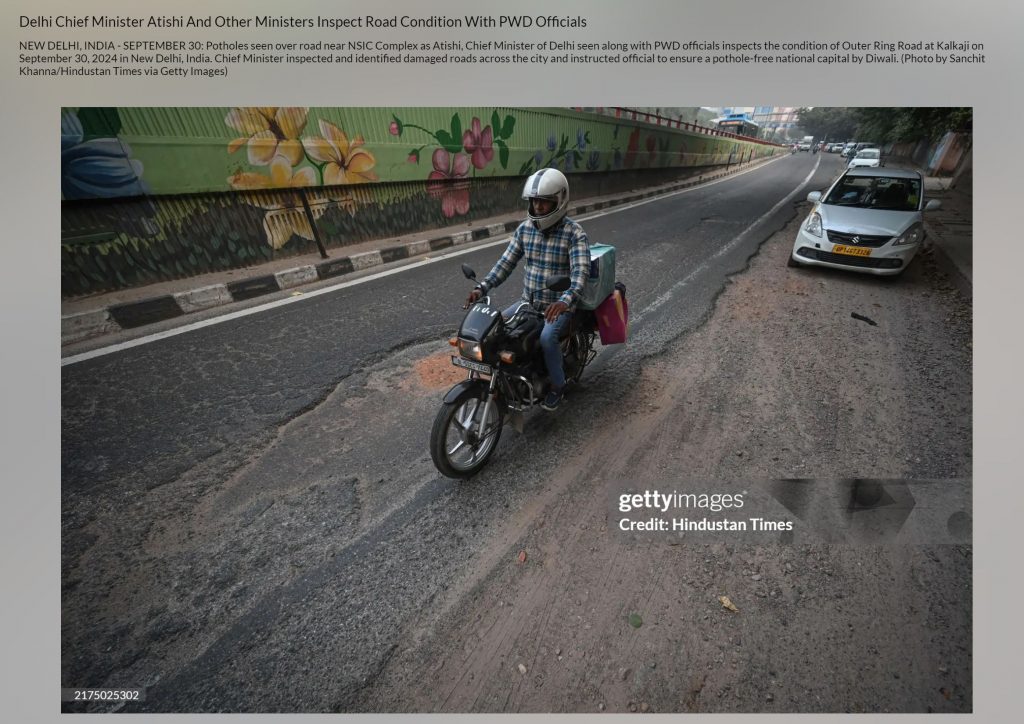
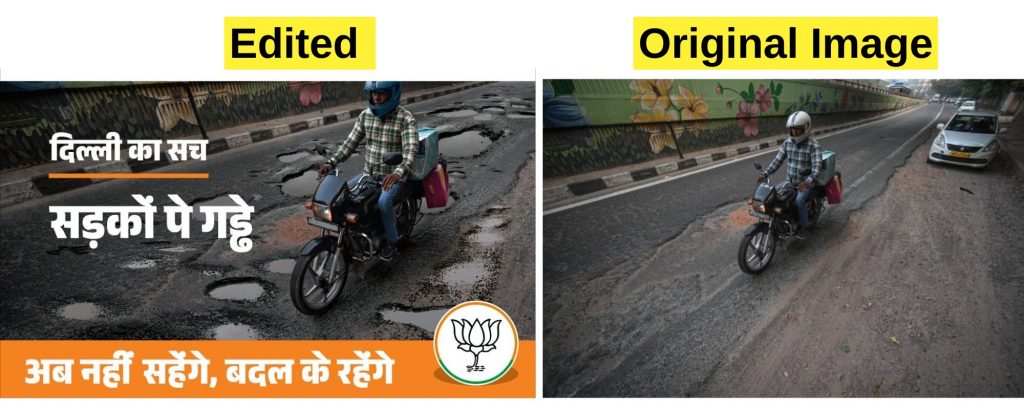



![EW4A2112.JPG Guadalcanal resident John Palmer reacts during an interview with BenarNews in Visale, Solomon Islands, April 11, 2024. [Stephen Wright/BenarNews]](https://www.rfa.org/english/news/pacific/solomons-china-voters-04152024133708.html/ew4a2112.jpg/@@images/c9699cc6-2743-41d6-b235-6d88ea00e2ad.jpeg)



